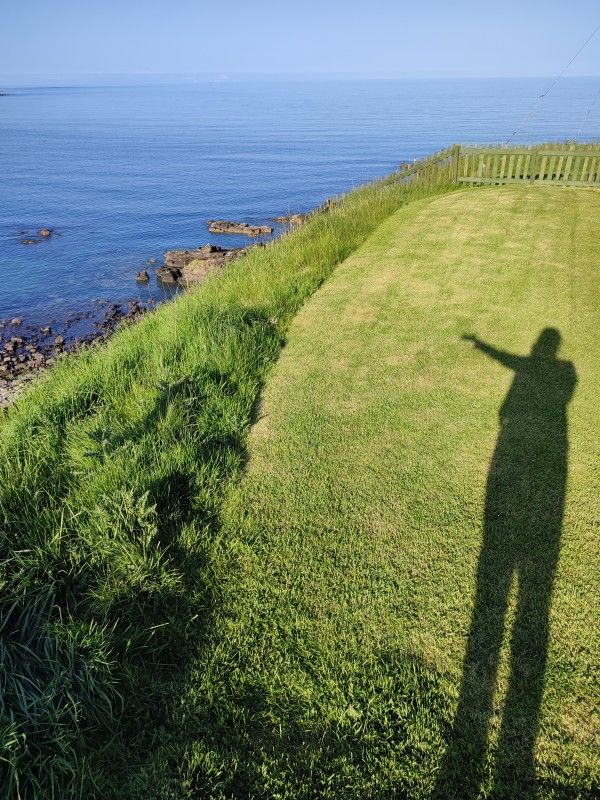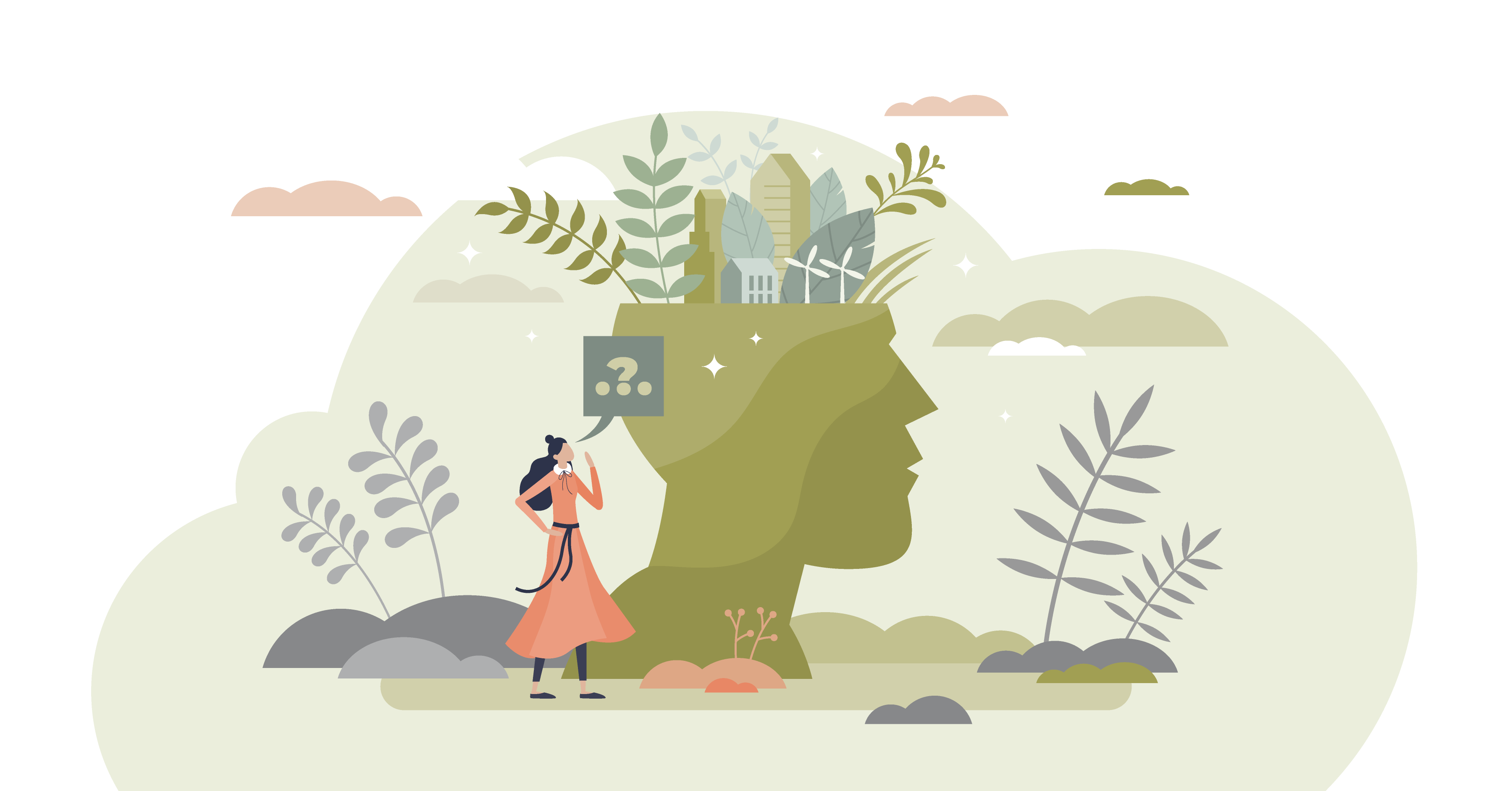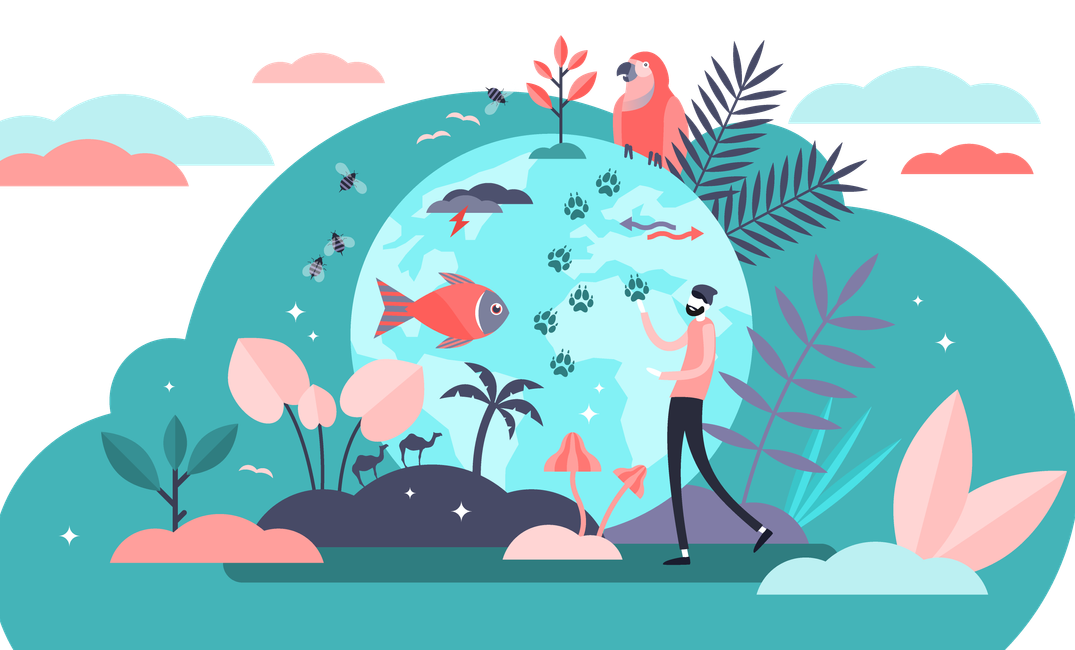Table of Contents
Being anywhere
This week I took a photo from my back garden. It was such a beautiful evening, I felt I could have been anywhere in the world. It hides a lot of the evidence of the bleak and windy place it typically is.
In fact, for inspirational purposes, I keep a section in my mini, Snopake Eligo, pocket notebook just for a list of 'Places Where I Could Be Anywhere'. Then I can head back to them if I need to connect to a feeling of motivation.
But when is anywhere a good thing and when can it hinder our understanding? And why is how we get to somewhere important to know?
I felt I could be anywhere in the world with this image.

The wonderful thing about being anywhere
The feeling of being anywhere is a wonderful thing, not least because it engages our imagination. It can stimulate us to remember something which happened in the past, someone we were with or somewhere we have been.
It motivates us to make connections to previous experiences.
Before coming together, our notes, are little collections of 'anywheres'; they could be filed anywhere, could apply to anywhere (or at least could be read in more than one context), have come from anywhere and be floating round in a great ether of 'anywhere-ness'.
If they are good notes, they have the ability to stand alone anywhere.
This 'anywhere' is a beautiful place. We don't have to be tied down to a particular process or thought. And we can explore multiple avenues of thinking unconstrained by a destination.
But being 'anywhere' is not always helpful. Especially when it comes to the readers of our writing.
From anywhere to somewhere
The challenge comes when we start to write. It is our job to take the reader, and in fact ourselves, from anywhere to somewhere.
Once our notes start to join together we start to make the journey from anywhere and narrow it down to somewhere.
It is our purpose as a writer to take the wondering reader's mind and get it to focus on the thing we need or want them to focus on; the destination. This applies whether we are writing for a research paper or a fictional novel. The reader should be taking a similar journey to us, in order to understand how we are getting from the general context to some very important details, or points.
However, how we get to somewhere matters depending on the type of writing we are doing.
Starting with anywhere
Being 'anywhere' makes it easy to hide information we don't want the reader to 'see' and limits the writer's influence on what we want you to 'see'. Often, this is a good thing, particularly in fiction writing. Take the above image for example. I'm not telling you where the image was taken. I want to leave that to your imagination. I've given you some clues, but the rest is up to you.
A common fictional writing adage is to 'show, not tell'. By showing, we allow you to make up your own picture of a character and the environment they find themselves in. Readers are not great fans of being told what to 'see' in this regard. It's also boring to write too.
Here the writer is taking you from anywhere to somewhere, but generally allows you to take your own path. We are given pointers and some details, then we fill in the blanks with our imagination.
The journey to somewhere
However, at other times, we need to make sure we are exactly on the same page and we need the reader to follow virtually identical journeys as ourselves, the writer.
When writing for research purposes, permitting the reader to take their own path, is often a bad thing because there is essential evidence we need the reader to know which gives context; key waypoints and signposts the reader needs to visit along the way. We want to avoid leaving anything to the imagination.
In scientific writing, every reader must make a much more similar journey to the writer than with fiction writing. The details in this type of writing, matter.
The reader does not 'visit the rainforest where rainbow macaws explode out of the overhead canopy, in a way even the Notting Hill Carnival could not match'. The reader instead must know the exact location, the height and species of the emergent trees and the understory, the species of study, when it was done, similar studies and many other details besides. It can be hard work fitting these details in and they make for boring reading. But they do matter.
Furthermore different details are important to different research readers. Because readers have very different scientific backgrounds and levels of expertise, the details they look for and absorb, will be very different. This is why the following quote is highly apt:
"Reading a scientific article isn't the same as reading a detective story. We want to know from the start that the butler did it." (Ratnoff, 1981, p96)
It basically goes against what we have been taught with the 'show, don't tell' mantra. In writing for research we tend to 'tell, then show'; here's the destination and this is how we got there. That way every reader is on the same page from the beginning. And if they don't read any more, which they often don't, at least they have the basics.
In other words, the first sentence of a paragraph should take us from anywhere to somewhere and then we talk about the journey to get there.
Therefore the major difference between fictional and research writing is the speed by which we need to go from anywhere to somewhere. If we again take the above photo as an example, we can know exactly where it is, within about 5 meters in three words, possibly less.
The challenges of readers experiencing different journeys in research papers
I find it very interesting when researchers interpret research papers differently. On the one hand it is good because results can be interpreted in different ways; in ways the original research team may not have considered. Often this highlights alternative hypotheses and ideas to generate new lines of research.
But if ambiguity in the journey leaves more questions than answers around the study, the research paper doesn't help advance the field, i.e. the destination is still unclear and we may remain unconvinced by the results.
Another problem, unlike fictional writing, is scientific readers often come with bias and underlying assumptions. It is the job of both the writer and the reader to leave these behind in a research paper.
It can be very challenging to make scientific writing and reading entirely free of underlying assumptions and assumed knowledge.
If the journey readers take through a research paper is very different, it suggests to me, there were underlying assumptions used when writing the paper, which were not made clear. This causes the readers to take a very different journey the original research authors might not have anticipated, because their underlying assumptions and beliefs did not match those of the reader.
As such this influences the overall outcome and take home messages, causing discrepancies in how other researchers view and use the work. This is not helpful to advance our understanding of science.
So with scientific writing, take the reader somewhere and then tell them exactly how you got there. That way, we are all headed on the same path.
What you need to find, as a reader of the scientific literature, is the signpost to something new and exciting that the original author(s) missed. Good scientific writers will leave these for you to find. That is when we can return to our 'anywhere' notes in order to connect them to a 'somewhere'.
Until next week! If you haven't already make sure to:
... to continue being a part of the conversation around doing better research.
As always, happy to know your thoughts and opinions on anything I write about.
I write regularly on Medium. I would love to see you there! Follow me on Twitter where I tweet more about my research and random things...









Comments